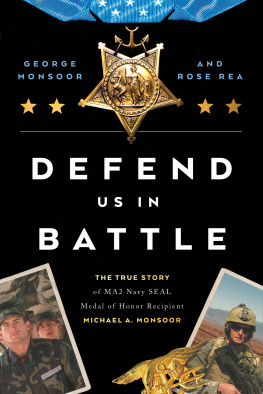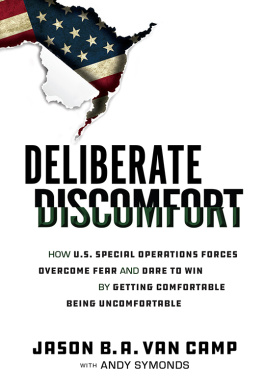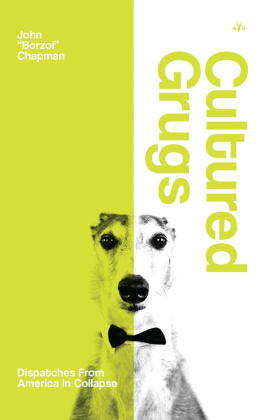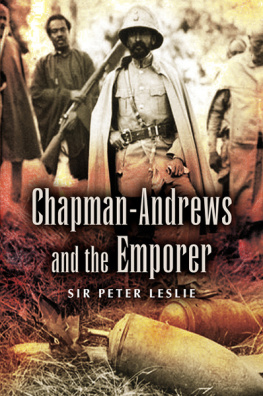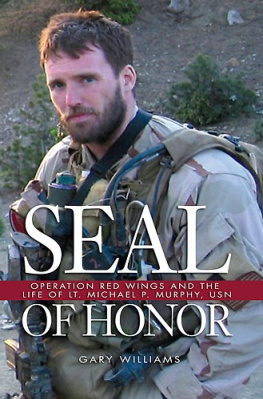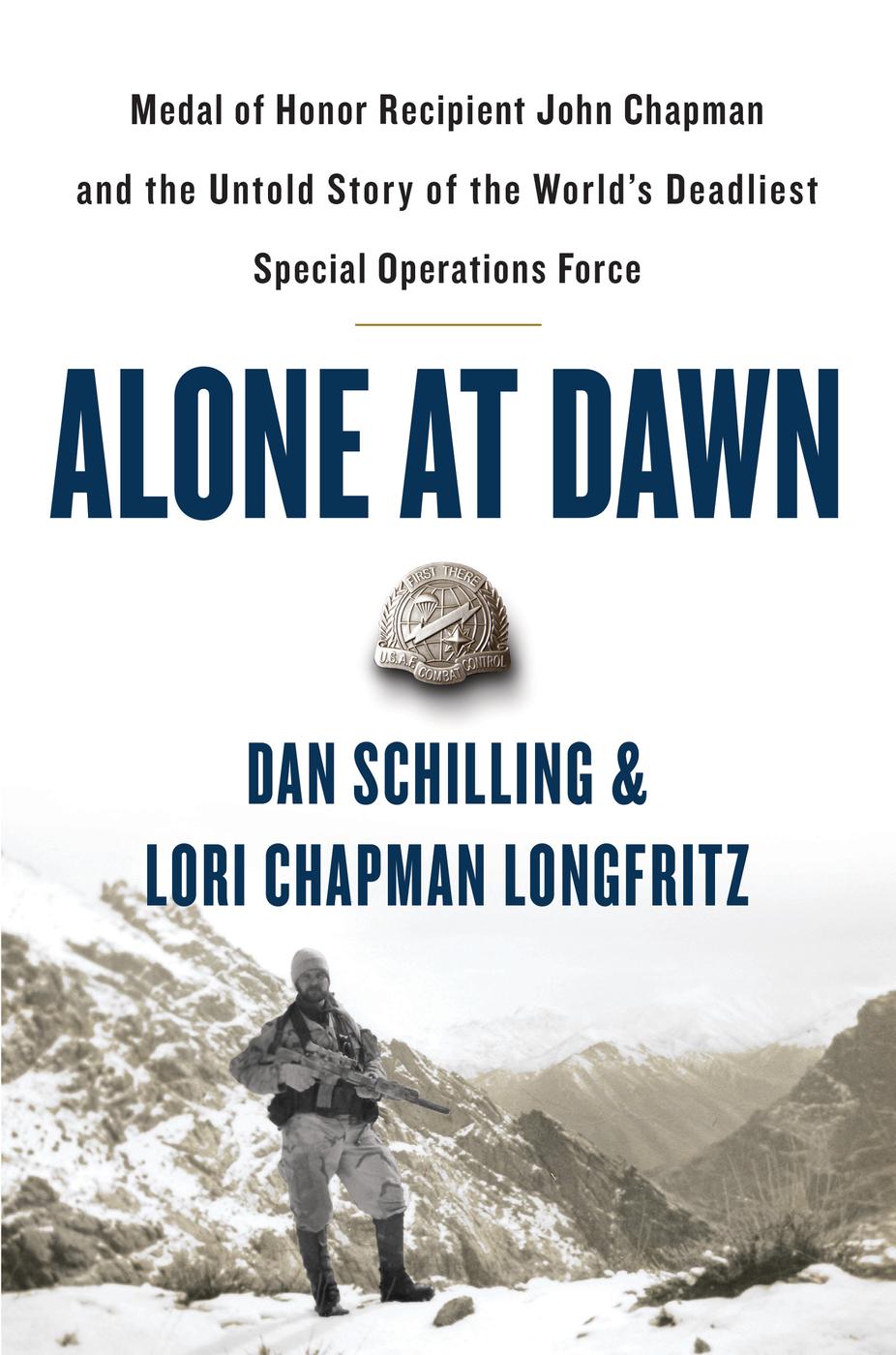
Copyright 2019 by Dan Schilling and Lori J. Longfritz
Cover design by Flag
Cover photograph courtesy of Lori Longfritz
Photograph of flash by Brian Lemus
Cover copyright 2019 by Hachette Book Group, Inc.
Hachette Book Group supports the right to free expression and the value of copyright. The purpose of copyright is to encourage writers and artists to produce the creative works that enrich our culture.
The scanning, uploading, and distribution of this book without permission is a theft of the authors intellectual property. If you would like permission to use material from the book (other than for review purposes), please contact permissions@hbgusa.com. Thank you for your support of the authors rights.
Grand Central Publishing
Hachette Book Group
1290 Avenue of the Americas, New York, NY 10104
grandcentralpublishing.com
twitter.com/grandcentralpub
First Edition: June 2019
Grand Central Publishing is a division of Hachette Book Group, Inc. The Grand Central Publishing name and logo is a trademark of Hachette Book Group, Inc.
The publisher is not responsible for websites (or their content) that are not owned by the publisher.
The Hachette Speakers Bureau provides a wide range of authors for speaking events. To find out more, go to www.hachettespeakersbureau.com or call (866) 376-6591.
Maps by Jeffrey L. Ward
Print book interior design by TexTech/Jouve and Thomas Louie.
Library of Congress Cataloging-in-Publication Data
Names: Schilling, Dan, author. | Longfritz, Lori Chapman, author.
Title: Alone at dawn : Medal of Honor Recipient John Chapman and the untold
story of the world's deadliest special operations force / Dan Schilling &
Lori Chapman Longfritz.
Other titles: Medal of Honor Recipient John Chapman and the untold story of
the world's deadliest special operations force
Description: First edition. | New York : Grand Central Publishing, [2019] |
Includes bibliographical references.
Identifiers: LCCN 2019000376| ISBN 9781538729656 (hardcover) | ISBN
9781538729670 (ebook)
Subjects: LCSH: Chapman, John Allan, 19652002. | Afghan War, 2001Aerial
operations, American. | United States. Air ForceCombat
controllersBiography. | Takur Ghar, Battle of, Afghanistan, 2002. |
Special forces (Military science)United StatesBiography. | United
States Air ForceCommando troopsHistory. | Afghan War, 2003Campaigns.
Classification: LCC DS371.412 .S35 2019 | DDC 958.104/742dc23
LC record available at https://lccn.loc.gov/2019000376
ISBN: 978-1-5387-2965-6 (hardcover), 978-1-5387-2967-0 (ebook)
E3-20190603-DA-PC-ORI
E3-20190530-DA-NF-ORI
E3-20190529-DA-NF-ORI
E3-20190522-DA-NF-ORI
E3-20190509-DA-NF-ORI
And you till trump of doomsday
On lands of morn may lie,
And make the hearts of comrades
Be heavy where you die.
A. E. Housman, A Shropshire Lad
This book is dedicated to the seven U.S. servicemen who died at
Takur Ghar:
SPC Marc Anderson, MSgt John Chapman, CPL Matthew Commons, SGT Bradley Crose, SrA Jason Cunningham, PO1 Neil Roberts, and SGT Philip Svitak
Explore book giveaways, sneak peeks, deals, and more.
Tap here to learn more.

What follows is a select history of one of the deadliest and least-known forces in the history of human warfare. It begins, as many heroic combat tales do, with a crisis.
Its also the story of one man, John Chapman, who would earn the nations highest honor for bravery when he saved the lives of twenty-three comrades at the willing cost of his own.
Finally, it is the history of John Chapmans fellow Combat Controllers during Operation Anaconda, Americas first major operation in its ongoing Global War on Terror. How a handful of Combat Controllers managed to stave off disaster and destroy Al Qaeda and Taliban forces by the score using their unique expertise and wits has gone down in history, even as the doomed operation continues to reveal its secrets to this day.
The history of the men of the Combat Control Teams (known universally by the acronym CCT, whether applied collectively or to an individual) laid down in these pages is by no measure comprehensive; rather it is representative, a distillation of commitment, capability, success, and loss. Delta Force officer Tom Greer, who led the hunt for Osama bin Laden, writes in his book Kill Bin Laden that Combat Controllers are the best-rounded and uniquely trained operators on the planet. The initial training pipeline for an Air Force special tactics squadron Combat Controller costs twice as much time and sweat as does the journey to become a Navy SEAL or Delta operator.And that is just to get to a place where they can do the job for which they are really trained, calling those deadly airstrikes.
Whats unique about the role of CCT is that wherever the need arises, they are there. In Kill Bin Laden, Greer notes that, In the relatively finite black SOF world, assaulters and snipers are a dime a dozen. Yes, these men are trained in multiple deadly skill sets and the dark arts of counterterrorism. ButJust because you are the best of the best does not mean you are the best at everything. Any Delta operator can vouch for the capabilities of the Air Force Combat Controllers, and very rarely goes on a hit without the men who wear the scarlet berets. CCT is not permanently assigned to the Special Forces (SF) teams or SEAL platoons they fight alongside but they are attached, to use military parlance (think integrated or embedded), when needed for combat operations. Consequently, in Americas longest-running war, the men of Air Force Combat Control collect, in aggregate, more combat action than their special operations counterparts in the Navy and Armymaking some of them the most experienced veterans in all of Americas previous wars. During global humanitarian crises, they are often the first to arrive, unsupported, to deliver salvation where no other first responders can. Their motto: First There.
Born of Americas disastrous first attempts to insert airborne forces into battle during World War II, Combat Control predates their better-known SEAL and Special Forces counterparts, with whom theyve served silently for decades in some of the most dramatic missions in US history. This is the story of one such mission.
The Night Stalker sliced the frigid Afghan darkness of the Shahi Khot Valley. Bristling with two 6,000-round-per-minute M134 miniguns on its sides and an M60 machine gun mounted on the tailgate, it was prepared for small-arms fire from Taliban fighters.
Chief Warrant Officer Alan Mack was on the stick of the MH-47E, Americas special operations workhorse of a helicopter. This particular Night Stalkers call sign was Razor-03. In the rear were six SEALs from the most famous unit in Navy history, SEAL Team Six. Macks only other passenger, the seventh member of a most elite package, was a US Air Force Combat Controller named John Chapman. All seven men were highly trained and themselves bristling with weapons and purpose. Their mission call sign was Mako-30. It was the early morning hours of 4 March 2002.
Mack had flown countless insertions in the early stages of Americas newly ordained Global War on Terror in response to the treachery of 9/11. Hed been in Afghanistan for months and was comfortable with the hazards of the mountainous terrain and with the habits of the enemy. The teams insertion point that night on the summit of their objective, a mountain called Takur Ghar, was determined last-minute, and Mack wasnt sure he could pull it off, but he and the SEAL team leader agreed to attempt it. Even the helicopter he was flying was a last-minute change. He and his copilot, Chief Warrant Officer Talbot, had swapped their previous helicopter for this one when the others number-two engine ran away, accelerating uncontrollably, and had to be shut down, grounding the bird. The two pilots took on the new helo and, with it, the assigned enlisted crew comprising a flight engineer (who doubled as the right door gunner), a left door gunner, and two tail-ramp members, one of whom manned the tail gun. After a quick crew brief, Razor-03 took to the unwelcoming sky.





